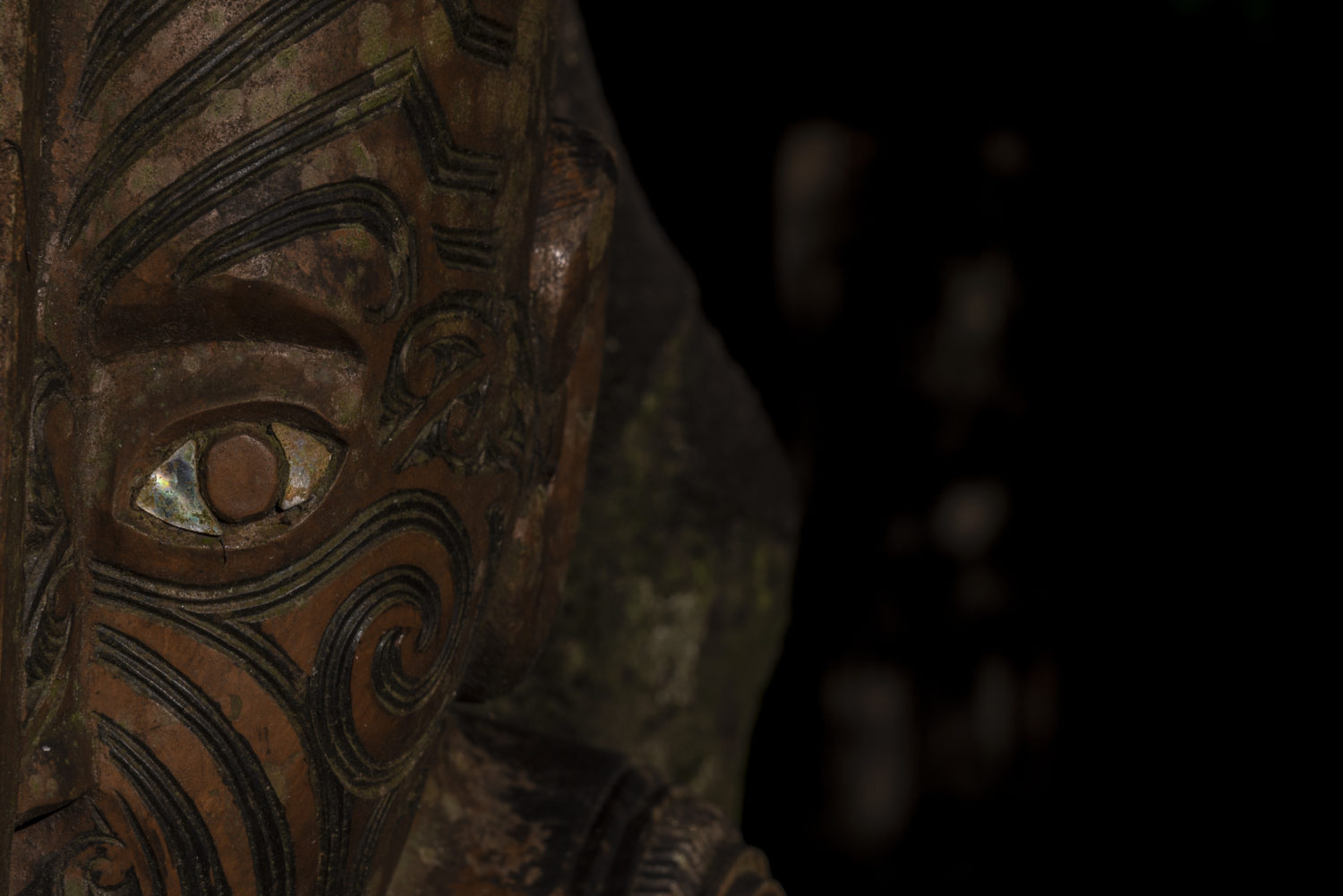History of New Zealand’s Native Language

Language. It’s such an integral part of life and yet we often overlook its importance. Especially when it comes to its cultural significance. New Zealand has three official languages – English, New Zealand Sign Language and Te Reo Māori (the Māori language).
Te Reo is a stunning, poetic language – and its history equally as fascinating…
What is Te Reo Māori?
Te Reo Māori is the native language of New Zealand. It is spoken by the native Māori people and is used to express their culture, heritage and identity. Both Māori and Pakeha (Europeans) use Te Reo Māori. Because of this, Te Reo names many of New Zealand’s major cities and landmarks.
Where did Te Reo originate?
There is much debate over the origins of Māori people. Many believe they descended from an island named Hawaiki. Though it’s no longer in its physical form – some believe it is the homeland of all Pacific Islanders. The different cultures migrated to different islands – but the language similarities remained. Cook Island Māori, Tahitian and Tuamotuan languages are closely related to Te Reo. The pronunciation also similarly relates to the Samoan and Tongan languages!
How was ancient Te Reo recorded?
Te Reo Māōri was the only language in New Zealand until the 19th century. There was no written word; therefore, they communicated through symbolism. The detailing in carvings, knots and weavings were the way Māori recorded stories; while traditional songs and dances shared the myths and folklore of their ancestors.
In 1814, the European missionaries first attempted to transcribe Te Reo Māori.
Why did Te Reo decline?
Many early English settlers spoke Te Reo to communicate and trade with Māori. Over time, the language declined. The colonists didn’t believe in the sacredness or purpose of Te Reo. This thinking resulted in the ban of Te Reo in many schools and communities. The English considered speaking Te Reo as disrespectful and would punish school children. For some students, this would lead to public caning. Even in the 1980’s, many still discouraged Te Reo, and suppressed it in the community.
Where does Te Reo Māori stand today?
Though Māori feared for the extinction of Te Reo, they refused to accept it. In the 1970s, a rise of Māori people declared their identities as warriors. Māori groups, tribes and leaders connected to build and solidify their language. The same cities, schools and workplaces that shunned Te Reo were now embracing it. Tamaki Māori Village’s vision is to sustain the beauty of Te Reo Māori every day; and every day it continues to grow.
